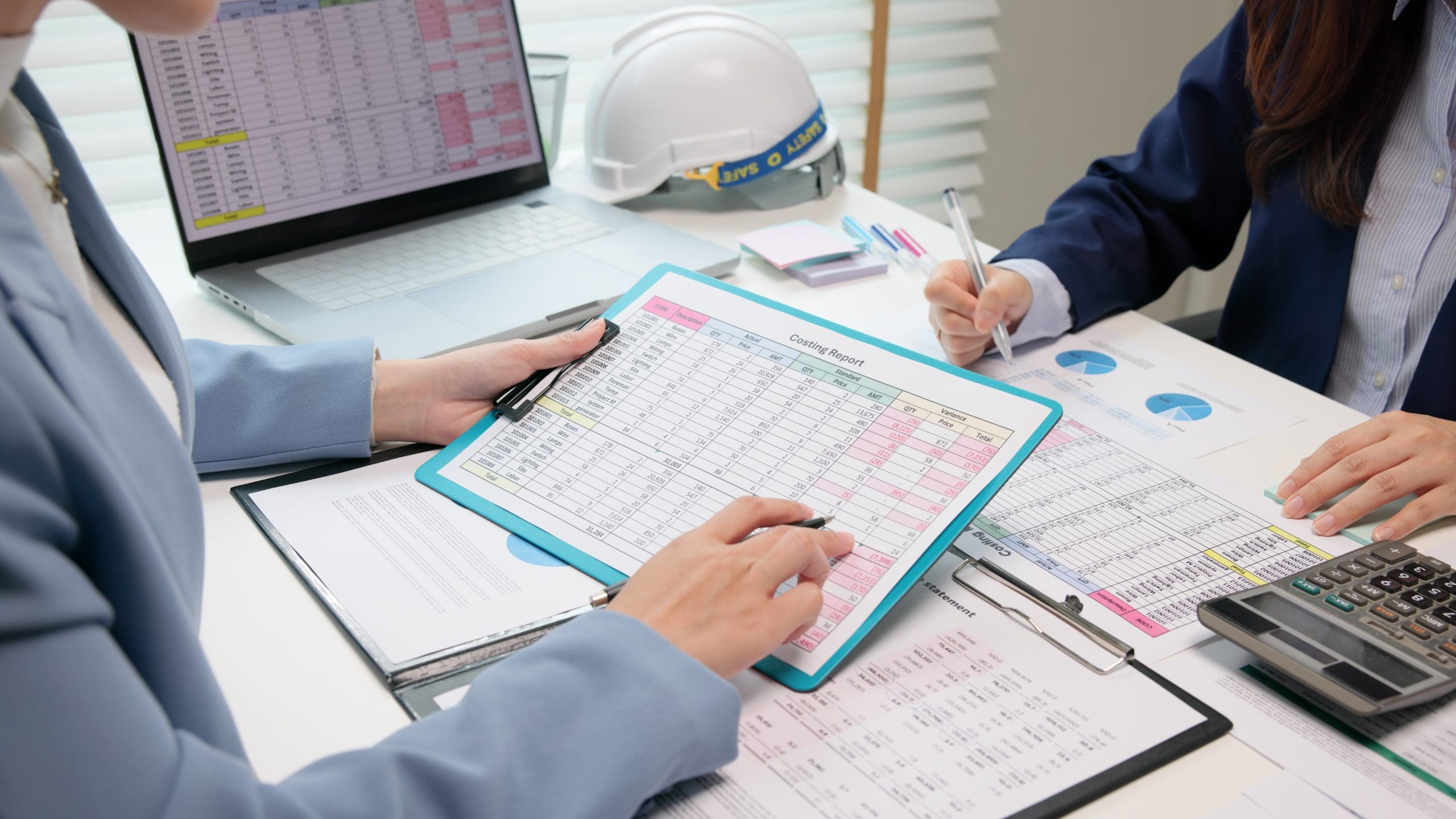There are many quality of life improvements that can be made over time to make R&D tax relief claims easier to compile and defend in the event of an enquiry.
While innovative businesses may learn over time what HM Revenue and Customs (HMRC) are hoping to see in an R&D tax relief claim, we want to help expedite the process by highlighting the small improvements that can help make a more successful claim.
How can innovative businesses improve their R&D tax relief preparation processes?
One of the main areas where businesses can improve their preparations is with enhanced record-keeping.
While it is possible to make estimates around the amount of time that competent professionals spend working on R&D, it is undoubtedly better to be able to evidence this.
This can involve creating robust time tracking systems so that you can more accurately ascribe the time and resources put into R&D.
This can be paired with a better system of tracking the training and qualifications that your competent professionals accrue over their time working with you.
This can give their LinkedIn profiles a little boost but also serves to remind HMRC that these are indeed competent professionals and any issues they struggle with are therefore qualifying uncertainties.
In regards to the uncertainties themselves, working to better elaborate on why the R&D was challenging can improve the quality of the technical narrative.
Forgo jargon and instead focus on explaining the complexity of the challenge to someone who may have little to no understanding of the existing state of science or technology.
We find that the closer we work with businesses, the more efficient the information gathering stage of the R&D tax relief claim becomes.
Why should innovative businesses improve their R&D tax relief preparation processes?
Given the history of ineligible R&D tax relief claims being submitted and businesses accessing money to which they were not entitled, HMRC has increased the scrutiny of its review processes.
While there is still room within the guidelines for educated guesses to be made regarding allocating figures, estimations lead to greater challenges when faced with enquiries.
The most commonly estimated part of the R&D tax relief claim relates to the staffing costs and the time spent conducting R&D work.
HMRC generally adopt a common-sense approach when deciding whether the figures align with expectations, but each agent is likely to have a different understanding of what falls within the realm of normality.
More worryingly, if your business engages in more R&D work than expected, or if your competent professional devotes a lot of time to R&D, your figures may be higher than HMRC expects and they may grow suspicious.
When HMRC become suspicious, they will demand further explanation and evidence of anything in the R&D tax relief claim that has caught their attention.
This is why we are of the firm view that all aspects of the claim should be evidenced properly from the outset, but that is only possible if businesses improve their record-keeping processes.
We know that HMRC is continuing to pursue measures to drive up the standard of R&D tax relief claims, so we would encourage the businesses with whom we work to consider strengthening their claims from the outset.
We know that one-off bits of advice rarely cause business to change their practices and that is why we want to work closely with you to show you the benefits of enhanced record-keeping.
If you want to find out how you can strengthen your R&D tax relief claims, speak to our team today!



